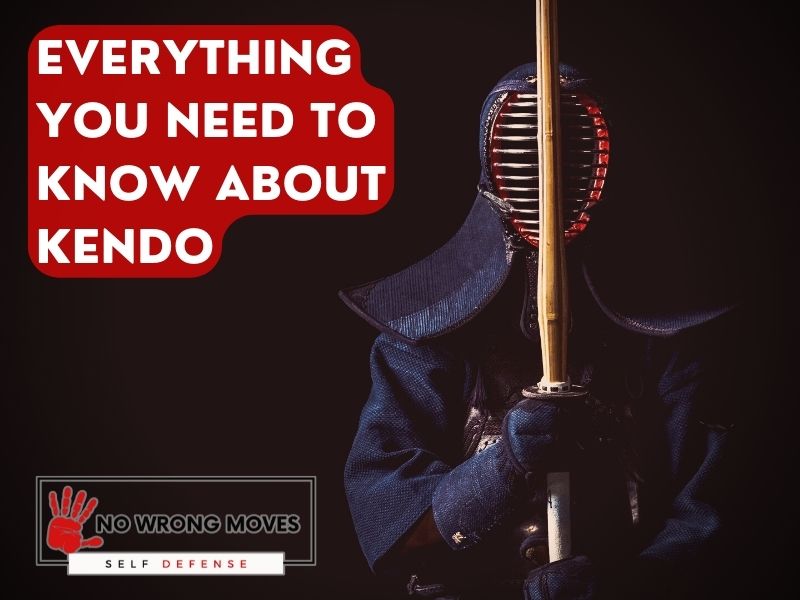
- What is This Martial Art? Everything You Need To Know About Kendo
- Where Does Kendo Come From? What’s The Story?
- Benefits of Kendo
- How to get started in Kendo
- What To Expect In Your First Kendo Class
- Different Kendo Ranks And Levels
- Kendo Uniform (Armour)
- The Importance of A Good Kendo Instructor
- Kendo Movies And Figures
- The Wrap-Up
So you want to know more about Kendo? Eager to learn about it before you actually hop into it? Trust me, you've made the right call. There are lots of things this wonderful martial art can offer you, and you'd be wise to try and pick these benefits up for yourself.
Or maybe not! Maybe you just have a passing interest in the martial art. Maybe you're just curious to figure out more about it. If you are, then that's cool too! And I'd be glad to help you out here.
In this post, I'll tell you everything you need to know about Kendo, focusing on the following;
- What Kendo is;
- Where Kendo comes from;
- The benefits of Kendo;
- How to get started in this martial art;
- What to expect for your first Kendo class;
- Kendo's different ranks and levels;
- The importance of a good Kendo instructor;
- Using Kendo for self-defense.
And by the end of all this, you'll have everything you need to sate your Kendo curiosity. Let's get straight into it!
What is This Martial Art? Everything You Need To Know About Kendo
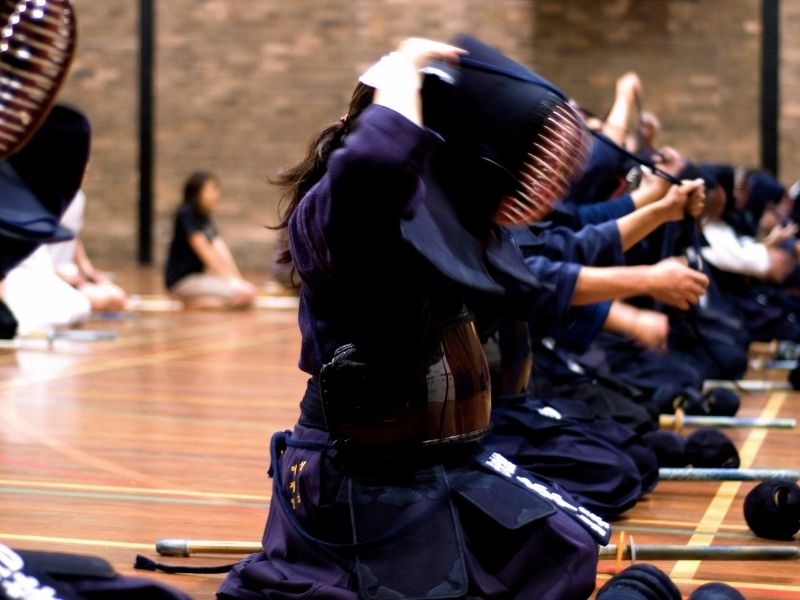
Kendo is a Japanese martial art that involves full-speed, full-contact fighting using split bamboo swords. The word Kendo quite literally means "way of the sword," and it is considered one of the most challenging and demanding martial arts.
As a consequence of the naturally potentially dangerous nature of the sport, Kendo practitioners wear light armour called bogu, which protects the head, torso, and wrists.
In order to practice kendo effectively, practitioners need a partner to help them perfect their techniques. That doesn't mean you can't practice on your own though--there are lots of solo drills that you can implement too, useful for honing your skills.
In addition to physical prowess, Kendo also cultivates mental strength and self-discipline. As a martial art, Kendo can be used for self-defense and competition, but it is also deeply rooted in traditional Japanese culture and philosophy.
And that's something I've definitely noticed while looking into this martial art. The ultimate goal of Kendo is not simply to win against an opponent, but rather to improve oneself and perfect one's character.
Kendo is also a highly social activity--what with you mashing swords at each other's faces and all--with many practitioners belonging to local or regional kendo clubs.
These clubs often organize events and tournaments for members to compete in, as well as providing a community for kendo practitioners to share their passion and support each other in their training.
All-in-all, Kendo can be a physically and mentally rewarding practice for those willing to commit themselves fully to its rigorous training.
Where Does Kendo Come From? What’s The Story?
Kendo has a long and complicated history that began in the mid-nineteenth century as Japan modernized. At this time, there was a strong belief that the Japanese people and their virtues came from samurai culture.
This was accomplished over several decades through such means as introducing a modified warrior ideology in the Civil Code (1898) and modifying the school curricula to celebrate warrior customs and myths.
Newly created notions of bushido and ideas of a glorious warrior past were propagated vigorously from the 1890s onward.
Many of the national myths created during this epoch became so strongly entrenched in the Japanese psyche that they remain largely unquestioned to this day.
Basil Hall Chamberlain (1850–1936), a renowned English Japanologist, made the following cynical but astute observations about bushido and the burgeoning Japanese nationalism of the later Meiji period:
As part of this trend, kendo--along with judo and kyudo (archery)--was also heavily promoted as a means to instill in the populace an appreciation for samurai values.
In 1925, the Dai Nippon Butoku Kai (Greater Japan Martial Virtue Society) officially standardized the teaching and practice of kendo, and it became a required part of the physical education curriculum in schools.
During World War II, kendo--along with all other martial arts--was used to further militaristic goals and nationalism.
After Japan’s defeat in 1945, the occupying forces banned kendo and other martial arts as a means to de-militarize the country.
However, kendo was eventually reinstated and continues to be practiced today both as a sport and means of self-discipline.
Benefits of Kendo

Kung Fu is a martial art that offers a variety of benefits, both physical and emotional. Practicing Kung Fu can help individuals improve their discipline, increase their strength and stamina, and enhance their physical conditioning.
These are only some of the standard benefits that many Kung Fu--and martial arts practitioners in general--enjoy.
But the emotional benefits of Kung Fu are equally important. Kung Fu can help individuals develop self-confidence and learn how to handle difficult situations with poise and control. It can also provide a sense of empowerment when it comes to protecting oneself and loved ones.
And finally, practicing Kung Fu can improve one's ability to handle stress and difficult emotions, making it an excellent practice for overall emotional well-being.
How to get started in Kendo
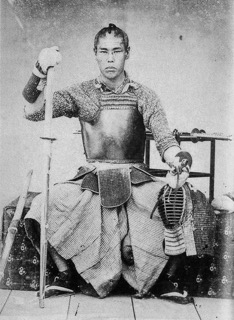
Getting started with a discipline like this isn't necessarily going to be easy, so we've mapped out a good way for you to get started with the martial art while minimizing the amount of unnecessary stress you'd have to endure.
- Research different Kendo schools, then find one that aligns with your goals and beliefs.
- Attend a trial class to see if the school and instructors are a good fit for you.
- Begin learning the basic techniques, principles, and forms of Kendo under the guidance of a qualified instructor.
- Practice consistently to improve your technique and understanding of Kendo principles.
- Challenge yourself continuously. Attending workshops and seminars, sparring with other practitioners, and seeking new opportunities for growth within the Kendo community.
- Watch and study Kendo masters to gain inspiration and new insights into the art.
- Approach everything you do in Kendo with humility and a willingness to learning.
You'll still face difficulties, of course. Even if you follow everything here, there is no one set path towards success. Everyone has their own unique challenges and will go through their own unique experiences.
What To Expect In Your First Kendo Class
When you walk into your first kendo class, you may be feeling a mix of excitement and apprehension. After all, kendo is a Japanese martial art that uses swords, and it can look pretty intense.
But there's no need to worry! In most classes, beginners won't work up a sweat with kendo, as they will start by learning the basic movements and footwork.
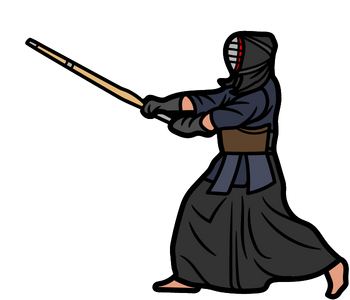
Once you have mastered the basics, you will then be able to start practicing with a partner. At first, you'll simply be hitting each other with bamboo swords, but as you advance, you'll learn the juicier stuff, like how to strike and disarm your opponent properly.
Kendo can be a challenging and rewarding experience, so go into your first class with an open mind and a willingness to learn. You may just find that you have a passion for this centuries-old art form.
Different Kendo Ranks And Levels
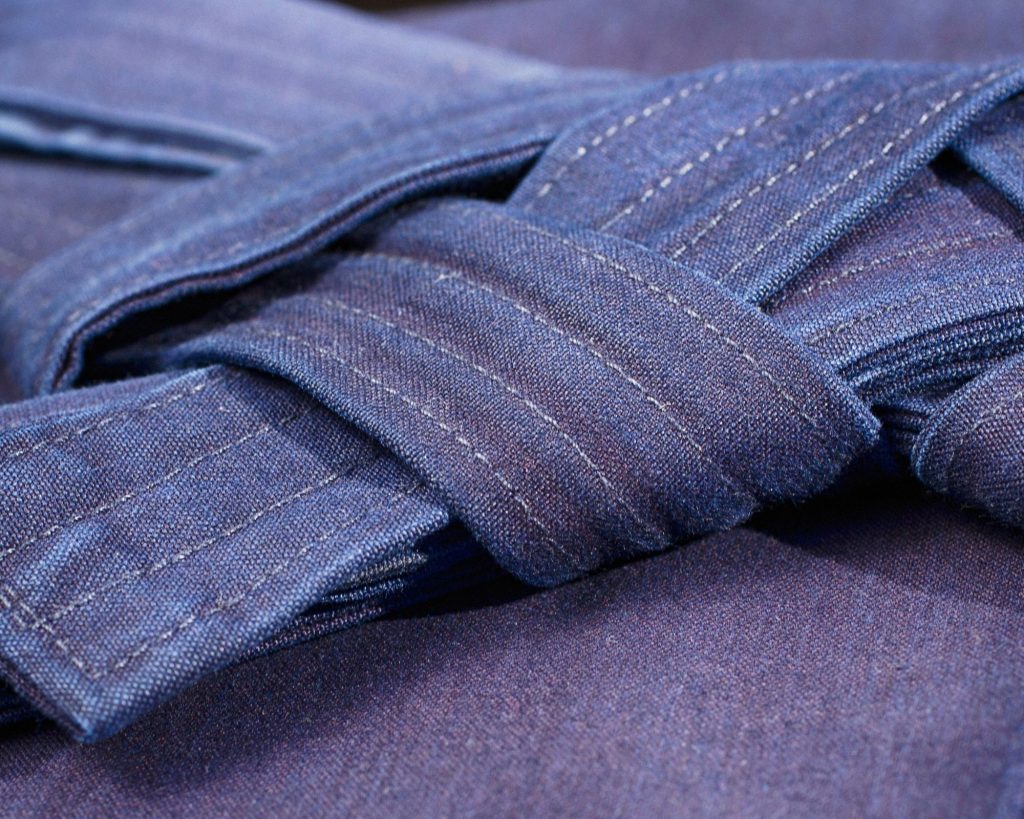
Kendo has a grading and rank system that goes from first-dan (初段, sho-dan) to tenth-dan (十段, jū-dan).
There are usually six grades below first-dan, known as kyu.
The kyu numbering is in reverse order, with the first kyu (一級, ikkyū) being the grade immediately below first dan, and sixth kyu (六級, rokkyū) being the lowest grade.
Adults generally will do their 1st dan (shodan) as their first rank, but children learning kendo will often start at a lower rank, such as 6th kyu and work their way up.
The grading and rank system is used to indicate one's proficiency in kendo. The exams for each rank get progressively more difficult, and the majority of people never make it beyond first-dan.
The Kendo grading and rank system is an important part of the sport and is used to measure one's progress and proficiency.
It can be a difficult system to progress through, but it is a rewarding experience when one finally achieves a higher rank.
Kendo Uniform (Armour)
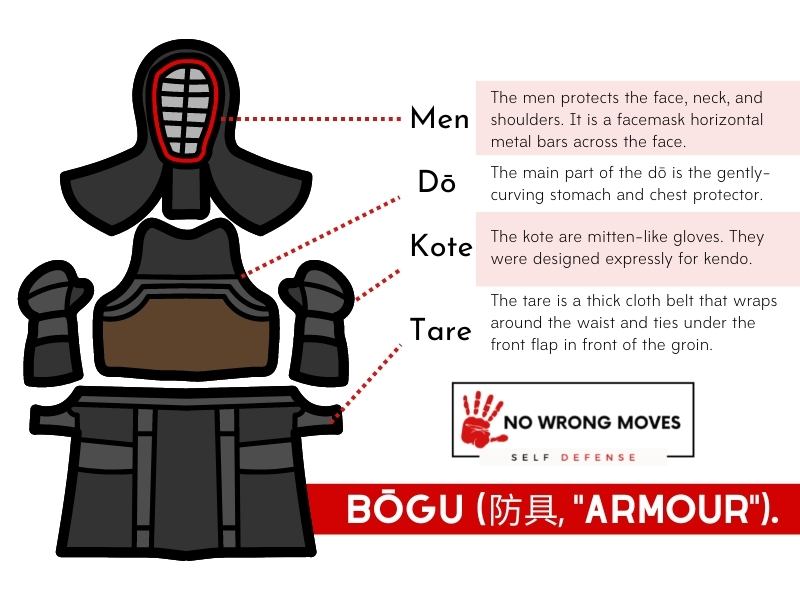
There are no visible differences in dress between kendo grades; those below dan-level may dress the same as those above dan-level.
However, there are some subtle distinctions that can be made depending on what grade someone holds.
For example, those who hold the first-dan ranking will typically have a black belt, whereas those who hold a tenth-dan ranking will typically have a white belt.
The Importance of A Good Kendo Instructor

Learning from the right source is important in Kendo, just as it is in anything else. A good teacher will have not only the knowledge of the subject but also the ability to communicate it clearly to the students.
In addition, a good teacher will be able to provide feedback that is both helpful and constructive. Choosing the right Kendo teacher can make all the difference in terms of how quickly and effectively you learn the skills of this martial art.
With so much at stake, it's imperative you take the time to find a teacher who meets your needs and who you feel comfortable learning from.
Kendo Movies And Figures
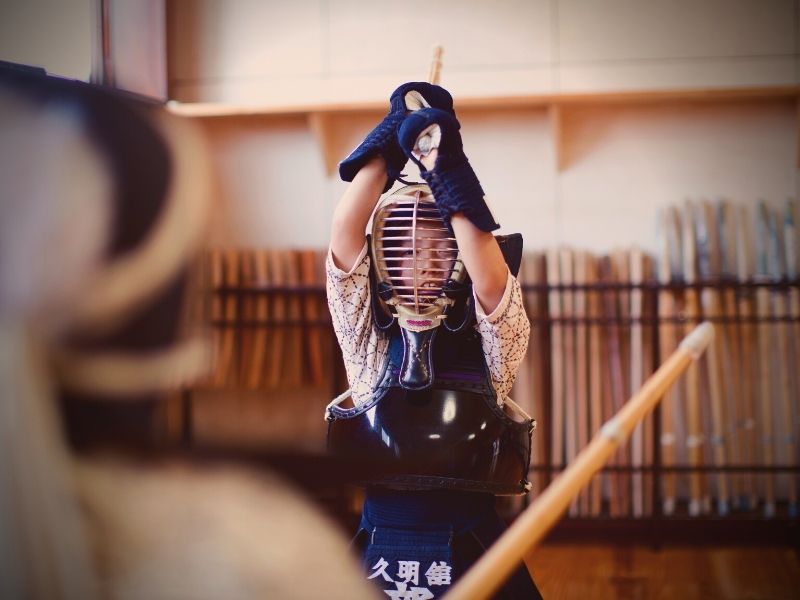
Some good movies with Kendo in them are:
- The Last Samurai (2003)
- Kendo: A Way of the Sword (2014)
- The Blind Swordsman: Zatoichi (2003)
- Princess Mononoke (1997)
It is also common to see Kendo portrayed in television shows and anime, such as Rurouni Kenshin and Bleach.
And, just in case you want to do some more research, here are some notable figures who practice or have practiced Kendo.
- Emperor Meiji of Japan
- Ryoichi Sasakawa, billionaire philanthropist and founder of the World Sports Foundation
- Kosuke Kitajima, Olympic swimmer, and four-time gold medalist
- Nobuyuki Wazaki, Kendo 8th dan, and chairman of the All Japan Kendo Federation
- Kazuhiro Takami, former chief executive officer of SoftBank Group Corp.
The Wrap-Up
So! That's about all we've got for Kendo. As you've just read, this incredible martial art has tons to offer you.
It's got a rich history waiting for you to discover it and diverse techniques waiting for you to learn them. That's all on top of its excellent psychological benefits, excellent sense of community, opportunity to acquire self-defense skills, and offer for overall improved physical fitness.
So if you're interested in exploring this ancient martial art, I'd highly encourage you to take the first step today. Start your journey towards becoming a Kendo practitioner!
You'll need tons of dedication and practice, definitely, but you might find that this amazing martial art can help you achieve more than you ever thought possible.
[author-box-jpx-fitness]
